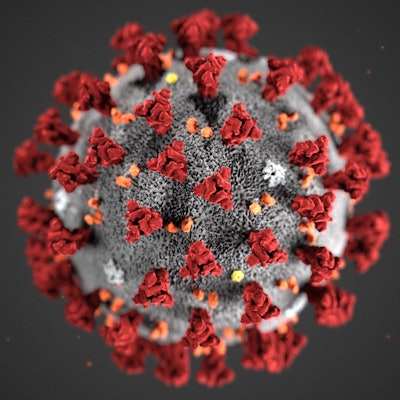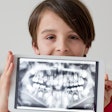
In December 2019, a cluster of severe pneumonia cases was reported in Wuhan, China. The cause of these infections was shortly identified as a novel coronavirus similar to the SARS coronavirus that emerged in 2003. Although similar to SARS, this new virus has been identified as a novel, never-reported virus now called SARS-CoV-2. This virus causes a severe acute respiratory syndrome in some patients and a worrisome mortality rate. This disease has been named coronavirus disease 2019 (COVID-19). Unfortunately, this virus is capable of person-to-person transmission and has rapidly spread across the globe.
In this article, we will briefly address some of the frequently asked questions regarding the epidemiology, transmission, management, and the possible impact that COVID-19 may have on the practice of dentistry.
1. Where did COVID-19 originate, and how did it spread so rapidly?
As stated in the introduction, in December 2019, a large cluster of pneumonia cases with a significant mortality rate was reported in Wuhan, China. While very little information was released by Chinese officials, it was determined that the first wave of cases were persons who had contact with a live animal/seafood market (known as a wet market) in Wuhan. In markets such as this, live animals of many different kinds are freshly slaughtered and sold for human consumption.
The second wave was seen in the close personal contacts of those infected by the first wave and healthcare workers treating these patients. In a very short period of time, the infection spread to more and more individuals and eventually the whole city of Wuhan and then throughout China. International travel by infected persons rapidly caused widespread transmission of the virus, and clusters of cases were seen in in other Chinese cities and also Iran, South Korea, Italy, Japan, and Hong Kong. All of these cases were travel-related.
The outbreak was declared a Public Health Emergency of International Concern on January 30, 2020. On February 11, 2020, the World Health Organization (WHO) announced a name for the new coronavirus disease: COVID-19 caused by this novel coronavirus, similar to but distinct from the SARS coronavirus. The virus has had several names but the most widely recognized name at this time is SARS-CoV-2.
On March 7, 2020, approximately 90 countries had reported confirmed cases. Although the original cases were related to contact with persons who had traveled to and from China, clusters of cases of community-based transmission, unrelated to traveler contact, have now been now reported.



















